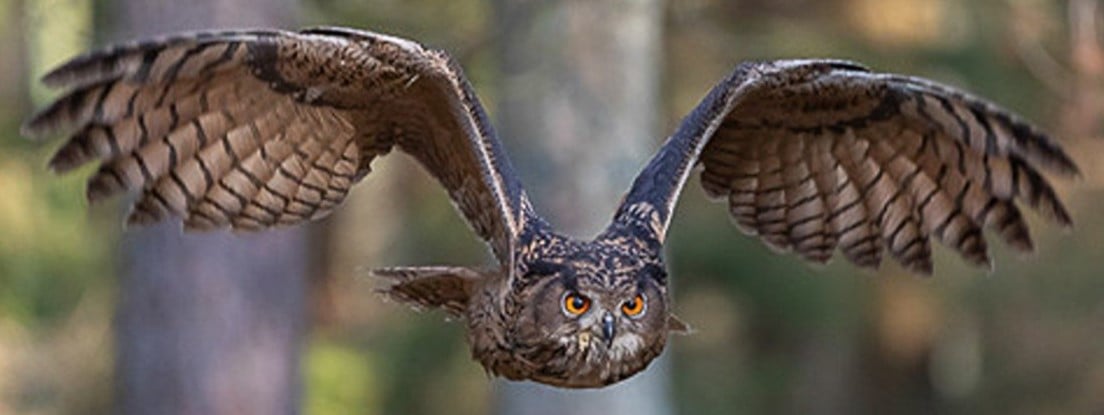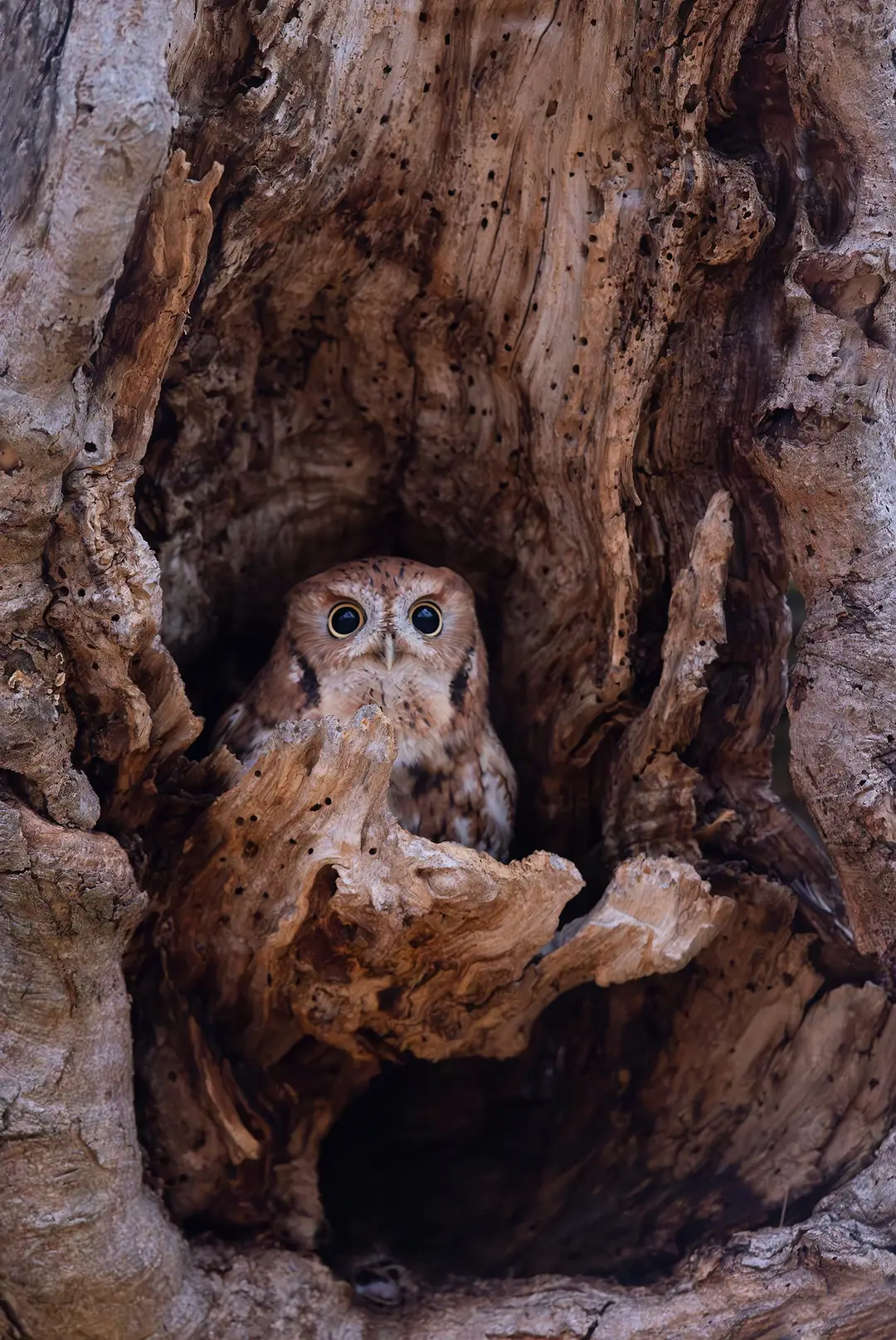Superbowl
For owls that are superb.

US Wild Animal Rescue Database: Animal Help Now
International Wildlife Rescues: RescueShelter.com
Australia Rescue Help: WIRES
Germany-Austria-Switzerland-Italy Wild Bird Rescue: wildvogelhilfe.org
If you find an injured owl:
Note your exact location so the owl can be released back where it came from. Contact a licensed wildlife rehabilitation specialist to get correct advice and immediate assistance.
Minimize stress for the owl. If you can catch it, toss a towel or sweater over it and get it in a cardboard box or pet carrier. It should have room to be comfortable but not so much it can panic and injure itself. If you can’t catch it, keep people and animals away until help can come.
Do not give food or water! If you feed them the wrong thing or give them water improperly, you can accidentally kill them. It can also cause problems if they require anesthesia once help arrives, complicating procedures and costing valuable time.
If it is a baby owl, and it looks safe and uninjured, leave it be. Time on the ground is part of their growing up. They can fly to some extent and climb trees. If animals or people are nearby, put it up on a branch so it’s safe. If it’s injured, follow the above advice.
For more detailed help, see the OwlPages Rescue page.
view the rest of the comments

Whelp this is officially the most adorable owl I've ever seen. So smooth and round. Would definitely give several field mice.
I believe this is one I can get more pics of. If I'm remembering right, this group was just having a mini debate amongst themselves since a handful of them share location info with each other.
It's somewhat nice to see different photographers shooting the same owl, but it also leads to arguments about if a crowd of people should be staking out an animal's home.
They do seem to be respectful, and they all have the ability to shoot from very far away, as shown in today's Zooooom post, but it can turn into an issue if people start sharing locations with everyone.
That's fair. I can imagine that there's a fine line bettween nature photographer and bird-harassing paparazzi lol
Found an article about ethical animal photography and how harmless activities can hurt or get animals killed. Here is an owl story from it:
I also always think of Mao and the sparrows. Four Pests Campaign I was going to post some quotes, but after reading them, I decided not to. I'll simplify it into saying one of the things they did was to purposefully make noise and just disturb the birds in general so they couldn't rest or eat. About 4 million sparrows were killed. The end result of that misguided effort was a famine that killed 20-30 million people, so it worked out for either side.
Birds live in a very delicate balance. They've given up many physical advantages we take for granted to be able to fly. As long as the balance is kept, they do fine. But when their life revolves around flight, and they can no longer maintain the energy needed to fly, they are done for. Energy needs are so high for them.